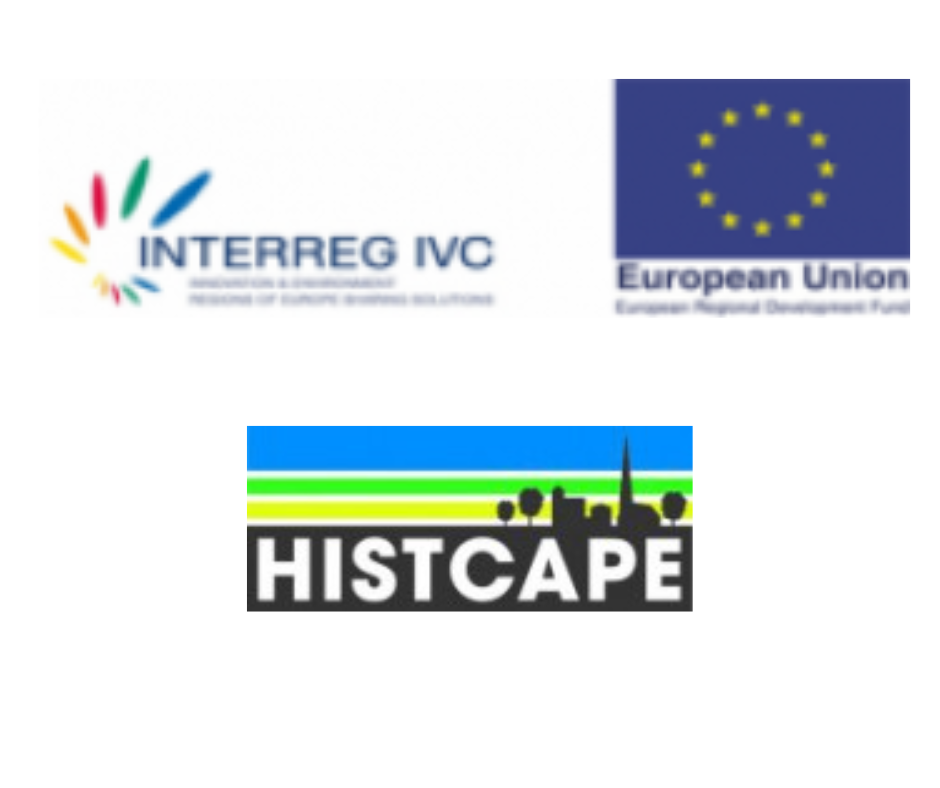Historical assets and related landscape (Histcape)
Historic towns and their landscapes are a unique part of Europe’s identity. While Europe’s 500 million population is concentrated in larger settlements 80% of its territory is rural in character. These landscapes, developed over centuries, are home to a dispersed pattern of smaller historic towns. HISTCAPE focuses on these historical assets – some 4,500 small towns of under 20k population which have traditionally acted as community hubs – a focal point for economic activity and social cohesion. This role has come under serious threat over recent decades with outmigration, particularly of young people as a direct consequence of changing patterns of economic activity – adversely affecting demographic balance and sustainability. The ensuing loss of facilities and services combined with a loss of economic activity has resulted in a lack of investment in these communities and directly threatens the existence of much of Europe’s historic assets. This spiral of decline is at the heart of the problem that HISTCAPE has identified. The current lack of regional and local policies relating to small historic towns needs to be addressed and tools developed to help to understand the value of heritage and facilitate its protection. HISTCAPE focuses on providing a platform and mechanisms for collection, exchange and transfer of experiences and views among the partner regions in order to find and test better solutions and tools for preservation of cultural heritage assets and related landscape situated in rural and scarcely populated territories accross Europe. HISTCAPE is particularly relevant to INTERREG IVC directly responding to the environmental risks associated with the survival of Europe’s dispersed historic assets. The sub theme of cultural heritage is at the core of the problems the project is aiming to address. Through regional cooperation it will fill a strategic policy gap improving the effectiveness of regional policies relating to cultural heritage in Europe’s smaller settlements whose viability is now seriously under threat. A set of instruments are planned to enable exchange of experiences among regions such as Interregional Workshops, Study Visits and a Practitioners Forum on the website. It will identify good practice in sustainable management and ensure they transfer into regional Implementation Plans that are capable of accessing the structural funds – providing a catalyst for further public and private sector investment alongside the empowerment of local communities. Europe wide impact is expected through the events, website and the Practitioners Forum. The HISTCAPE partnership is composed by 12 partners with several years of experience in both managing Cultural Heritage and Rural Development: 3 regional development agencies, 5 regional authorities, 1 local authority, 1 European institution, 1 research centre and 1 University. The partnership comprises 12 partners from 11 different EU countries and representing 10 regions.


